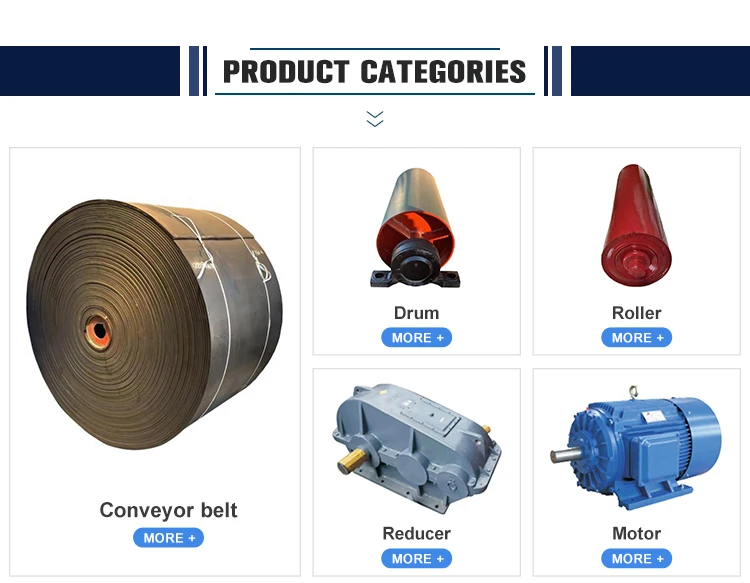Understanding the Importance of Scalding in Poultry Processing for Optimal Meat Quality and Safety
юли . 29, 2024 21:41 Back to list
Understanding the Importance of Scalding in Poultry Processing for Optimal Meat Quality and Safety
The Importance of Scalding Tanks in Poultry Processing
The poultry processing industry is a complex operation, involving several critical steps to ensure food safety and quality. One of the most important processes in this operation is scalding, which is performed using specialized equipment known as scalding tanks. These tanks play a pivotal role in preparing birds for further processing by improving feather removal and enhancing meat quality.
The Scalding Process
Scalding involves immersing freshly slaughtered poultry in hot water for a specific period. The primary purpose of this step is to soften the feathers and loosen their follicles, making them easier to remove during plucking. Scalding typically occurs at temperatures between 140°F and 160°F (60°C to 71°C), depending on the type of poultry and the desired quality of the final product.
Scalding tanks are designed to maintain a consistent temperature and water quality, allowing for uniform results across multiple batches of poultry. Modern scalding systems are often equipped with temperature control mechanisms and circulation systems to ensure that the water is heated evenly and kept clean throughout the process. These features not only improve efficiency but also contribute to the overall hygiene of the operation, reducing the risk of contamination.
Benefits of Scalding
The benefits of scalding are manifold. First and foremost, effective scalding enhances the plucking process. When poultry is properly scalded, the feathers come off more easily, reducing the time and labor involved in this labor-intensive task. This efficiency can lead to increased productivity on the processing line, allowing facilities to process more birds in a shorter amount of time.
scalding tank poultry

Additionally, scalding contributes to the quality of the meat. By loosening the feathers and allowing for more thorough cleaning, scalding reduces the risk of defects in the skin and meat. It also helps to kill bacteria present on the surface of the poultry, thereby enhancing food safety. This is particularly important in today’s market, where consumers are increasingly concerned about foodborne illnesses and the health standards of the products they purchase.
Environmental Considerations
While scalding tanks are essential for the poultry processing industry, they also raise environmental concerns, particularly regarding water usage and temperature management. The process can consume large quantities of water, and improperly managed scalding tanks can lead to thermal pollution when hot water is disposed of without adequate treatment.
To address these issues, many poultry processing facilities are adopting more sustainable practices. Some are exploring the use of water recycling systems, which can significantly reduce the amount of fresh water required for scalding. Additionally, innovations in scalding technologies, such as the use of dry scalding methods, are being studied as alternatives that may further minimize environmental impact.
Conclusion
Scalding tanks are a crucial component of poultry processing, providing essential benefits that improve both efficiency and product quality. As the industry continues to evolve, the focus on achieving a balance between operational effectiveness and environmental responsibility will be critical. By investing in advanced scalding technologies and sustainable practices, poultry processors can help ensure that they meet the demands of today’s consumers while also protecting natural resources for future generations. In essence, scalding tanks will remain a cornerstone of poultry processing, pivotal to maintaining the integrity and safety of poultry products in the marketplace.
-
Automatic Feeding Line System - Anping Yize | Efficiency&Durability
NewsJul.29,2025
-
Automatic Feeding Line System - Anping Yize|Poultry Efficiency&Durability
NewsJul.29,2025
-
Automatic Feeding Line System-Anping County Yize Metal Products Co., Ltd.|Durable PP Material&Easy Maintenance
NewsJul.29,2025
-
Automatic Feeding Line System-Pan Feeder Nipple Drinker|Anping County Yize Metal Products Co., Ltd.
NewsJul.29,2025
-
Hot Sale 24 & 18 Door Rabbit Cages - Premium Breeding Solutions
NewsJul.25,2025
-
Automatic Feeding Line System Pan Feeder Nipple Drinker - Anping County Yize Metal Products Co., Ltd.
NewsJul.21,2025






